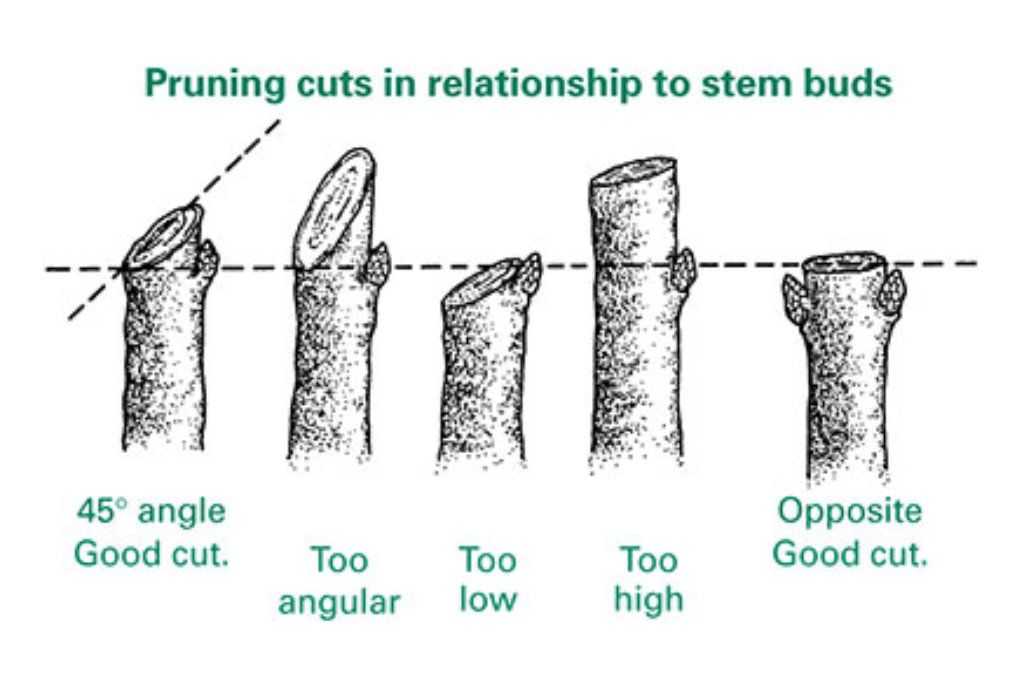
Assess the Damage
Wait until the temperatures rise above freezing to assess the damage and look for signs of frost damage such as wilting, discoloration, or blackened leaves. Plants can take a few weeks to fully show signs of where they are deadened.
Herbaceous Plants
After a hard freeze, it’s important to keep the root zone moistened for the remainder of the winter. Herbaceous or nonwoody plants such as cannas, elephant ears, and begonias can be pruned back to living tissue come spring. The damaged areas of the plant can help protect the healthy, living areas of the plant. Any mushy, oozy, or slimy tissue emitting a foul smell should be removed as it is too far gone to repair. Deadened trunks will feel mushy and be loose in the soil.
Woody Plants
Woody plants require lots of patience, as it is difficult to assess when they have actually died. During cold weather, the leaves may wilt, or they can die to the ground and resprout in the spring. Apply fertilizer to these plants in the late winter and early spring. In the spring, prune dead stems all the way down to the green living tissue or the base of the trunk.
Succulents and Cacti
Succulents and cacti are different on a cellular level, and thus can experience massive cell damage when frozen. Although these plants are different, they are quite hardy. Watch these plants for a few weeks to see if they “bounce back”. If the interior leaves or core is mushy or darkened the plant has died. If you see signs of new growth, you can remove deadened leaves and let them continue to grow.
Pruning
Trim damaged or dead foliage. Using clean tools, remove dead and damaged material and cut back to healthy growth to encourage new growth. Make cuts at a 45-degree angle away from the bud node to encourage proper healing. There are different types of pruning for different types of plants, so it is important to look up the specific needs of the species being pruned.

Watering:
Water the soil around the plants to help them recover. This can help loosen up the hardened soil and provide the plants with moisture. Even injured plants need water.
Mulching:
Apply a layer of mulch around the base of plants to insulate the soil and protect the roots from further freezing. It may be necessary to repot or replant smaller plants. When repotting, wait until after the last freeze to re-pot as this process can be stressful for the plant. Break up the root ball gently and provide fresh soil. Avoid fertilizing until the plants have fully recovered. Fertilizing too soon can stress the plants.

Be Patient:
Plants may take time to recover, and some may not bounce back fully. Be patient and monitor their progress. Remember that the specific care needed can vary depending on the type of plants you have. Some plants may not show signs of root damage until the heat stress of the summer.
